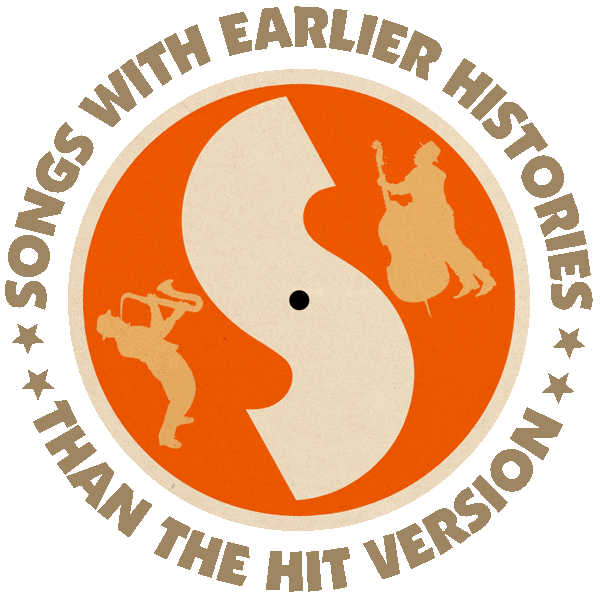First recorded by Lee Morse (1927).
Hit versions by Ukulele Ike (US #27 1927), Nick Lucas (US #3 1927), Kay Starr (US #3/UK #7 1953), Hayley Mills (US #8 1961).
Also recorded by Paul Whiteman & His Orchestra with the Rhythm Boys (incl. Bing Crosby) (1927), Ray Charles & Betty Carter (1961).
From the wiki: “‘Side by Side’ was written by Harry Woods (‘When the Red, Red Robin (Comes Bob, Bob, Bobbin’ Along)’, ‘I’m Looking Over a Four Leaf Clover’, ‘Try a Little Tenderness‘), a one-handed piano player born without fingers on his left hand.
“Among a slew of ‘Side by Side’ releases in 1927, singer, guitarist and actress Lee Morse was the first to release a recording of the song. Her recording, released on March 16, 1927, preceded other recordings released the same month by Nick Lucas (‘Tip-Toe Thru the Tulips‘), and Ukulele Ike (‘Singin’ in the Rain‘), whose recordings were the first to chart on the Hit Parade.

